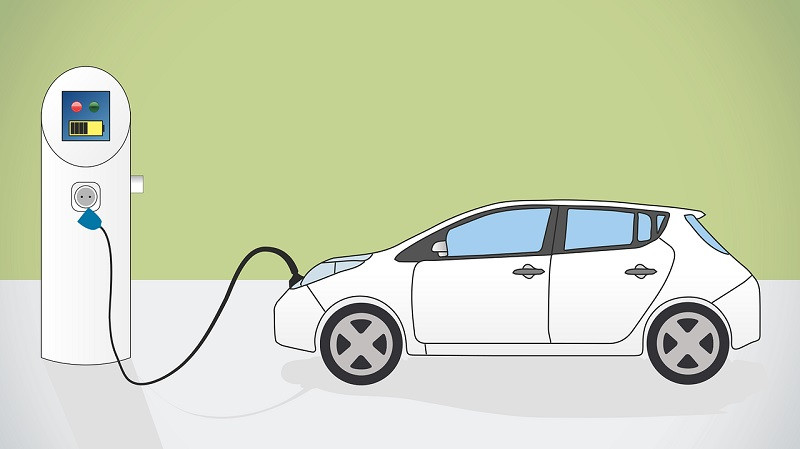#Part4CM The use of electric vehicles is one of the ways to reduce the negative impact on the environment. But it requires the appropriate development of charging station infrastructure. One of the ta

One of the tasks of the RO-UA Partnership for Climate Change Mitigation project is to install a solar-powered charging station for electric vehicles. What is a charging station for electric vehicles? A charging station is an element of urban infrastructure that provides electricity for charging battery electric vehicles, such as electric cars, electric buses and electric buses, etc. Electric vehicles and charging stations are seen as an important element of electricity demand management (the first tests of energy transfer from cars to the electric grid began in January 2009 in Newark, Delaware, USA).
An electric vehicle charging station (EVS) looks and is designed to look like a gas station. There are also solar charging stations (SCS) that power the batteries of EVs using solar panels. Wireless chargers for electric vehicles and other electric vehicles are also being developed and used. There are many projects to build a network of charging stations for electric vehicles in different countries.
The location of electric charging stations is not limited by environmental regulations, as they do not harm the environment. They can be located directly on the sidewalk or on the wall of a building, in the parking lots of supermarkets, hotels or restaurants. The charging station to be installed as part of the project in Ivano-Frankivsk will be located at 128 Vyacheslav Chornovil Street, Ivano-Frankivsk, in the former "Rukh" stadium.
The RO-UA Partnership for Climate Change Mitigation project is funded by the European Union through the European Neighborhood Instrument and co-financed by the countries participating in the ENI CBC Romania-Ukraine 2014-2020 Program